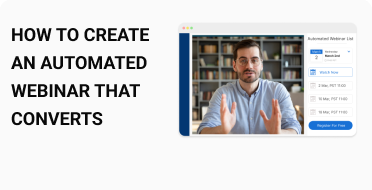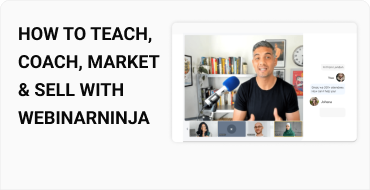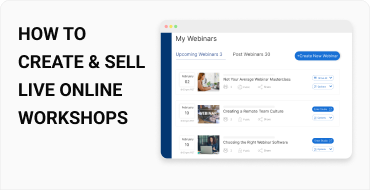What Are the Benefits of Conducting Live Webinars Regularly?
Live webinars can deliver great engagement and conversions when conducted regularly. Here are some of the major benefits they offer:

Live webinars offer an excellent platform for real-time interaction with your audience. This direct engagement allows you to address participants' questions and concerns immediately, fostering trust and creating a sense of community. When your audience feels valued and heard, they are likely to remain loyal.

By regularly conducting webinars, you can showcase your expertise and establish credibility in your field. Demonstrating your commitment to sharing knowledge and staying updated with industry trends positions you as an authority. This consistent presence attracts more followers & potential customers who trust you.

Live webinars provide a unique opportunity to gain insights into your audience's needs, preferences, and pain points through direct interaction. This feedback is crucial for refining your products or services and tailoring your content to meet your audience's expectations better.

Webinars enable you to reach a global audience without the high expenses of physical events, such as venue rentals and travel costs. This wider reach can lead to increased brand awareness and expanded market opportunities. Also, the content generated from live webinars can be repurposed into various formats, such as blog posts, podcasts, or social media snippets.

The interactive nature of webinars creates a more engaging and memorable learning experience for participants. This engagement can lead to higher retention rates and a more loyal following.

Live webinars are effective tools for driving sales and conversions. By offering valuable content and demonstrating your expertise, you build trust with your audience, making them more likely to invest in your products or services.





